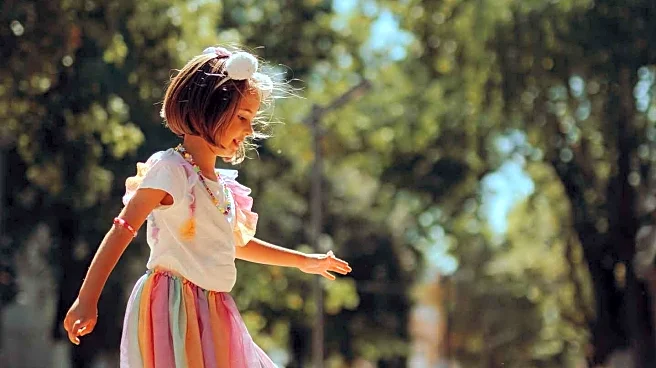What's Happening?
A recent column by Miss Manners discusses a sensitive situation where a grieving pet owner referred to her dog as 'our kid' after the dog was diagnosed with aggressive cancer. This comment was met with discomfort by her friends, who are parents themselves. The column explores the emotional complexities and social etiquette surrounding the comparison of pets to children, particularly in moments of grief. Miss Manners advises that comparisons between different types of losses are generally unhelpful and can be perceived as insensitive. The column suggests offering sympathy without engaging in comparisons to avoid further emotional distress.
Why It's Important?
The discussion highlights the broader societal debate on the emotional significance of pets in people's lives. As pets often hold a significant place in families, equating them to children can be a contentious issue, especially among parents. This conversation is important as it reflects changing attitudes towards pet ownership and the emotional bonds people form with animals. It also underscores the need for sensitivity and understanding in social interactions, particularly when dealing with grief. The column serves as a reminder of the importance of empathy and the potential impact of words in emotionally charged situations.
What's Next?
The column suggests that offering sympathy and understanding can help mend any discomfort caused by the initial reaction. It encourages individuals to be mindful of their responses and to consider the emotional state of those grieving. This advice may lead to more thoughtful interactions and a greater awareness of the emotional dynamics at play when discussing pets and children. As societal norms continue to evolve, discussions like these may influence how people approach conversations about loss and emotional attachment to pets.
Beyond the Headlines
The column touches on the ethical considerations of comparing different types of losses, emphasizing the importance of respecting individual experiences of grief. It also highlights the cultural shift towards recognizing pets as integral members of the family, which may influence future social norms and etiquette. This shift could lead to broader acceptance of diverse family structures and the emotional roles pets play within them.











